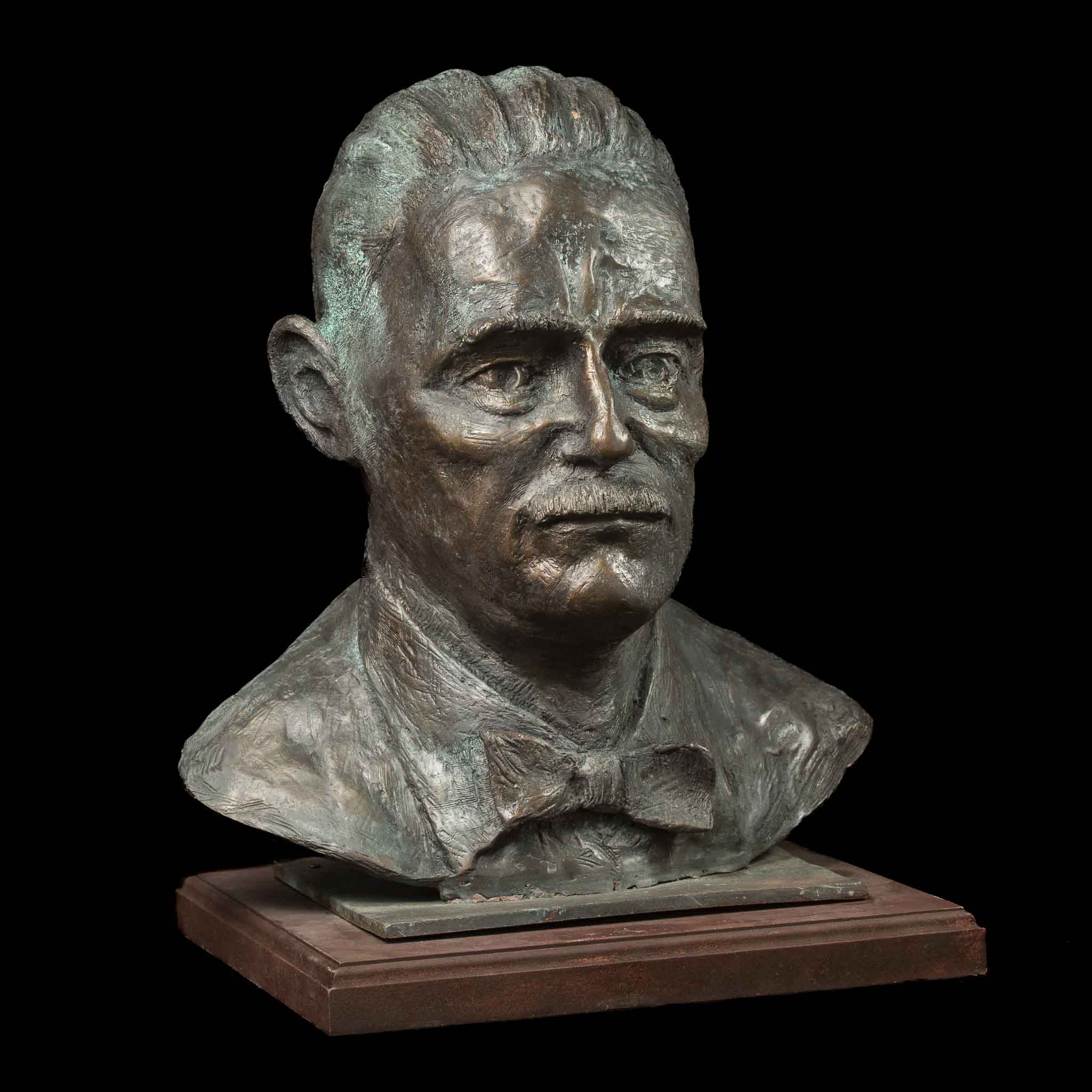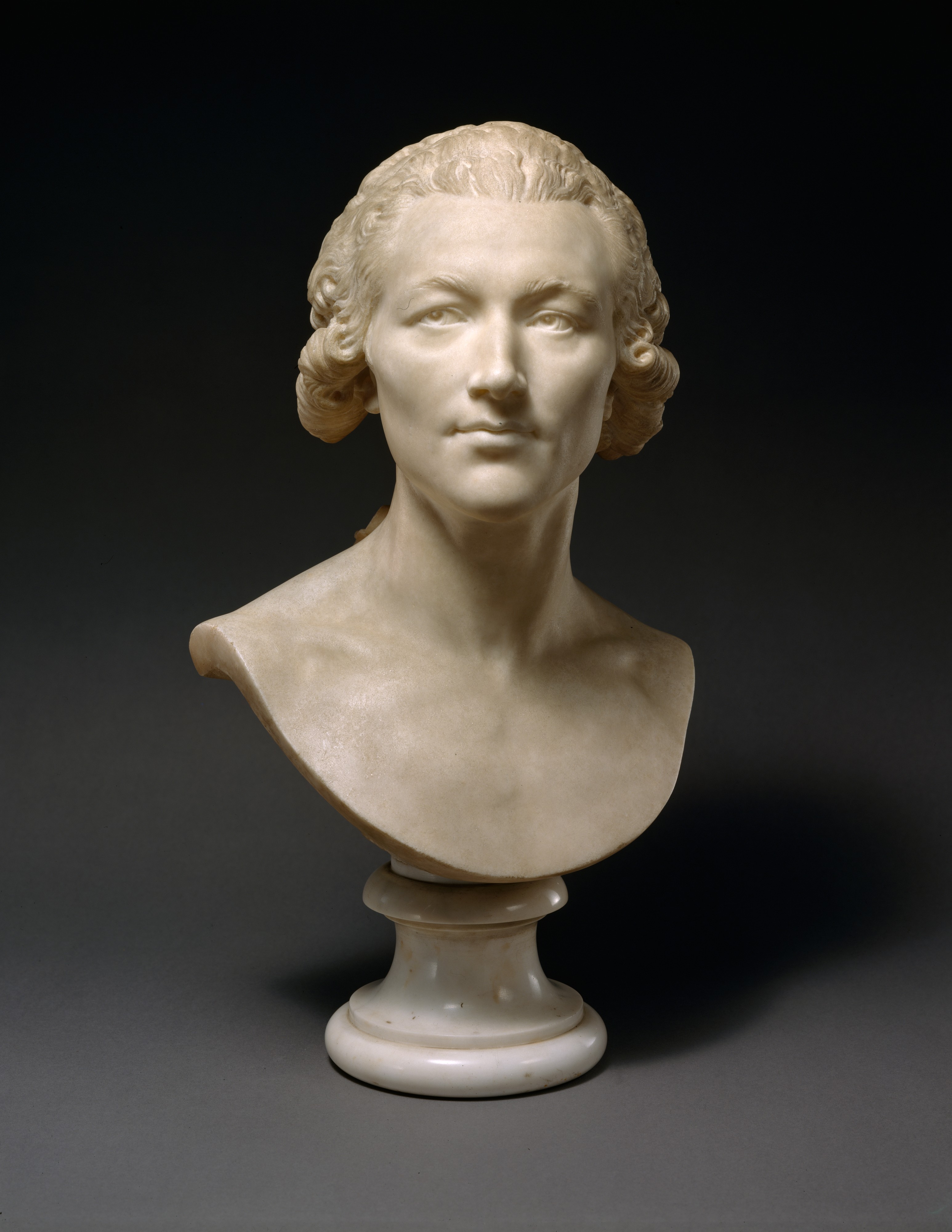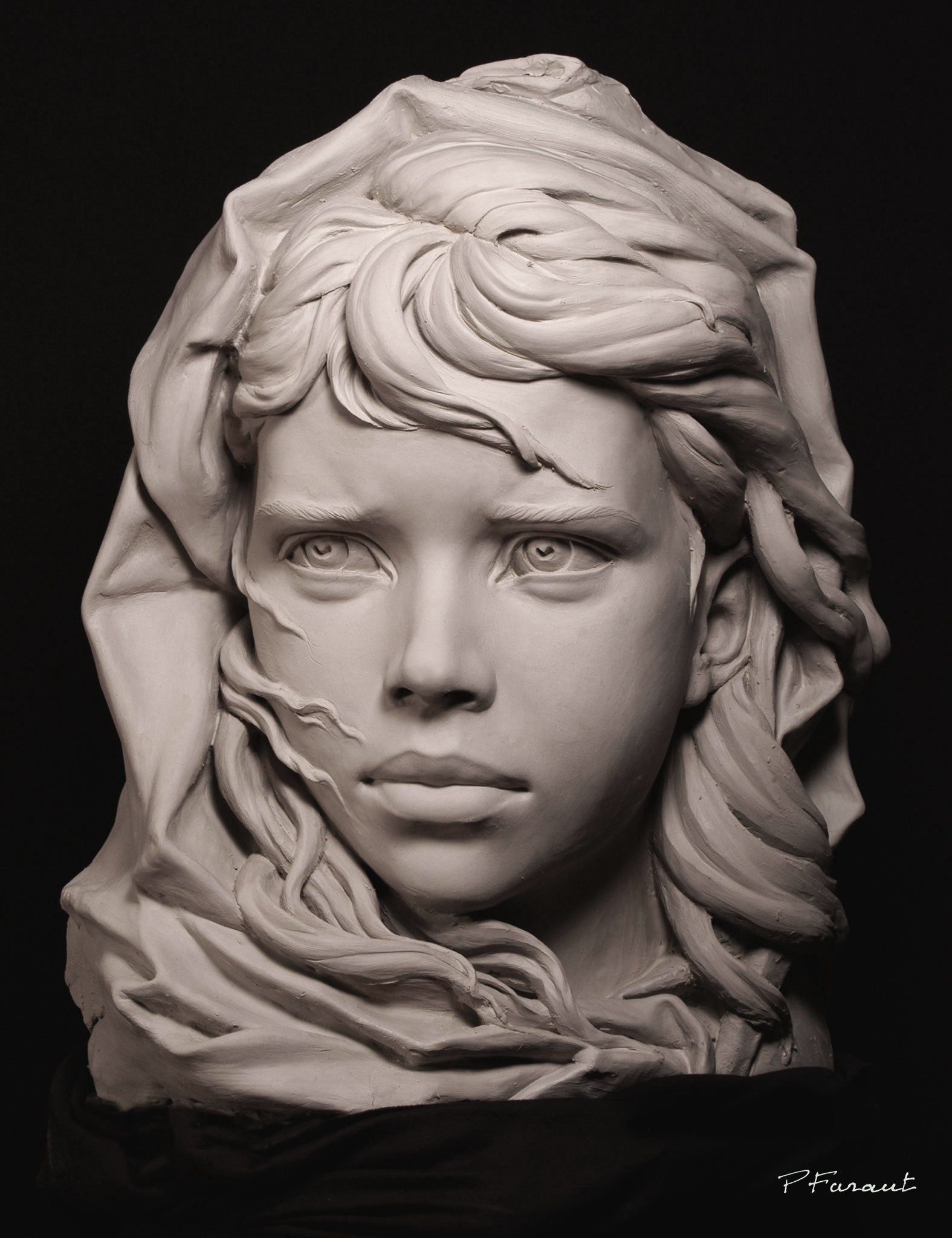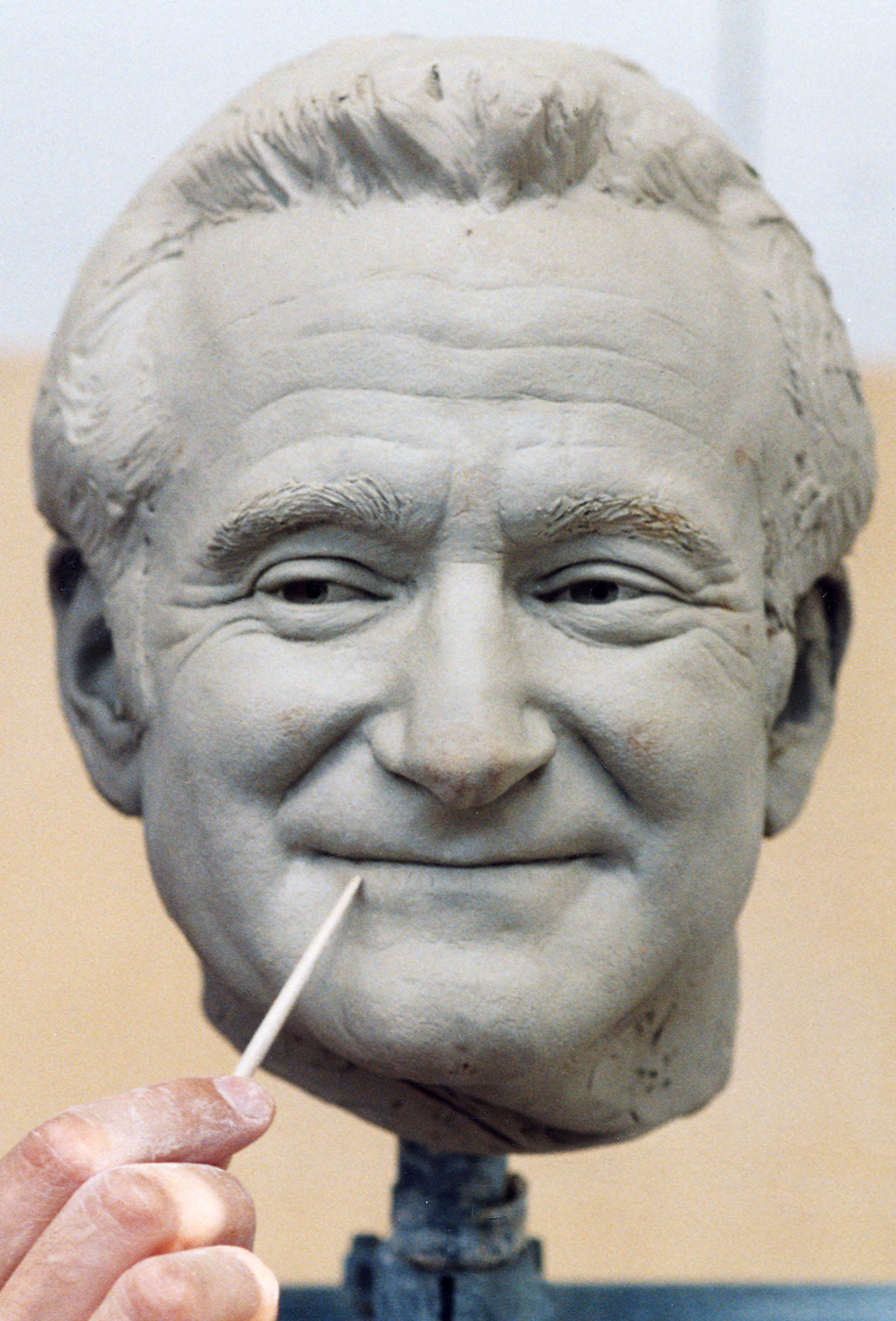The Advancement of Sculptures: From Ancient to Modern
The Advancement of Sculptures: From Ancient to Modern. Robert C Hitchcock Sculptor.
Sculpture, among the oldest forms of art, has actually been an integral part of human world for millennia. From the ancient worlds of Egypt and Greece to the modern era, sculptures have actually advanced, reflecting modifications in artistic methods, materials, and cultural impacts. This trip via time traces the advancement of sculptures, exploring the changes in style, subject, and creative expression.
Starting with the ancient globe, sculptures crafted from rock and later on bronze captured the essence of divine beings, rulers, and day-to-day life. The Renaissance period saw a rebirth of classic sculpting strategies, as musicians sought to mimic the graceful forms of ancient Greek and Roman sculptures (Portrait Sculptor). In the modern-day period, artists tested standard borders, welcoming abstraction and testing with brand-new materials
This exploration will certainly look into the diverse advancement of sculptures, disclosing the abundant tapestry of creative expression across different durations and societies.

Ancient Sculptures: From Rock to Bronze
Old sculptures transitioned from being sculpted out of stone to being cast in bronze. Stone sculptures, while remarkable in their very own right, were limited by the nature of the material. Contemporary Sculptures.
The introduction of bronze as a medium for sculptures caused a change in artistic expression. Bronze provided sculptors the opportunity to produce complex and lifelike types that were not feasible with stone. The procedure of casting bronze allowed for the creation of multiple duplicates of a sculpture, allowing bigger distribution and preservation of these creative work of arts.
The change from stone to bronze likewise saw a shift in the topic of sculptures. While rock sculptures primarily depicted gods, sirens, and mythological numbers, bronze sculptures began to mirror a broader range of topics, including day-to-day people and pets. This growth of topic showcased the flexibility and adaptability of the bronze tool.
Renaissance Rebirth: Shaping in the Classical Style
The Renaissance revival of sculpture saw a revival in the classic style, structure upon the innovations made during the change from rock to bronze in old sculptures. Throughout this period, musicians looked for to recreate the classical visual and perfects of appeal that were common in old Greek and Roman sculptures.
One of the crucial qualities of the Renaissance resurgence was the emphasis on naturalism and the human form. Sculptors like Donatello and Michelangelo make every effort to capture the physiological information and expressions of their topics with extraordinary precision. They studied the human body and included their observations into their sculptures, leading to reasonable and natural representations.
An additional crucial element of the Renaissance revival was the expedition of point of view and depth. Musicians utilized strategies such as contrapposto, where the weight of the body is shifted away, creating a sense of movement and dynamism. They likewise try out various materials, including marble and bronze, to achieve a degree of elegance and ins and out in their sculptures.

Innovation and the Avant-Garde: Damaging Traditional Borders
During the Modernism and Avant-Garde movements, carvers pressed the borders of traditional imaginative conventions. This period, which emerged in the late 19th and very early 20th centuries, saw a dramatic shift in the way artists approached sculpture. Declining the idea of art as mere imitation, modernist carvers looked for to check out new kinds, products, and principles.
One of the vital characteristics of modernist sculpture was the focus on abstraction. Artists moved away from realistic representations and instead concentrated on catching the significance of the subject through simplified forms and geometric forms. This separation from typical depiction permitted musicians to reveal their emotions and ideas in a much more subjective and individual fashion.

Contemporary Sculptures: Exploring New Materials and Concepts
With a concentrate on exploring new materials and principles, modern sculptures have actually transformed the area of art. Artists today are pressing the limits of conventional sculpture by using cutting-edge products and experimenting with abstract concepts. These sculptures challenge standard ideas of materiality, kind, and significance, welcoming audiences to take part in a provocative and new creative experience.
Contemporary sculptors are embracing a wide variety of products, including plastic, glass, steel, and even natural issue. They are not restricted to the typical tool of rock or clay, enabling higher freedom of speech and experimentation. This shift towards unusual materials has opened new possibilities for artists to produce sculptures that are dynamic, interactive, and aesthetically striking.
Along with checking out brand-new materials, modern sculptures also look into facility and abstract principles. Artists are now discovering styles such as identity, social issues, and the environment, utilizing sculpture as a powerful tool for social commentary and self-contemplation. These sculptures challenge audiences to believe seriously and involve with art on a much deeper degree, stimulating discussions and prompting emotional reactions.
Worldwide Influences: Sculptural Practices From Around the World
Sculptural practices from numerous areas of the world have actually considerably formed the advancement of sculptures throughout history. The global influences on sculpture have actually been diverse and have actually contributed to the splendor and selection of creative expressions. From the old civilizations of Egypt, Greece, and Rome to the elaborate makings of Asian cultures, each region has actually established its special sculptural traditions that have actually affected artists across time.
In ancient Egypt, sculptures were developed mainly for religious and funerary objectives. The famous sculptures of gods and pharaohs, such as the Great Sphinx and the bust of Queen Nefertiti, showcase the Egyptians' mastery of rock carving and their idea in the immortality.

In ancient Rome, sculpture offered both political and artistic objectives. Roman sculptures commonly portrayed emperors, generals, and mythological numbers, showing the power and majesty of the realm. The marble statuary of Augustus of Prima Porta and the huge Arch of Constantine are significant instances of Roman sculptural success.
Oriental sculptural traditions, particularly in India, China, and Japan, have additionally had a profound impact on the development of sculptures. Japanese sculptures, affected by Buddhism, stress simplicity and tranquility, seen in the tranquil statuaries of Buddha and the classy art of bonsai.
The international impacts on sculpture continue to progress in the modern-day era. As we look to the future, it is particular that the international influences on sculpture will continue to form and redefine this old art form.
Conclusion
In conclusion, the evolution of sculptures has seen a change from ancient stone and bronze functions to the classic revival throughout the Renaissance. Today, modern sculptures discover brand-new products and concepts, while likewise drawing inspiration from international sculptural customs.
From the ancient worlds of Egypt and Greece to the modern-day period, sculptures have advanced, reflecting adjustments in imaginative methods, products, and our website cultural impacts.Beginning with the old world, sculptures crafted from stone and later on bronze recorded the essence of deities, rulers, and daily life.Old sculptures transitioned from being sculpted out of stone to being cast in bronze. While stone sculptures mainly illustrated gods, sirens, and mythological figures, bronze sculptures began to mirror a wider range of subjects, consisting of daily individuals and pets.In conclusion, the advancement of sculptures has seen a shift from ancient stone and bronze functions to the classical revival during the Renaissance.